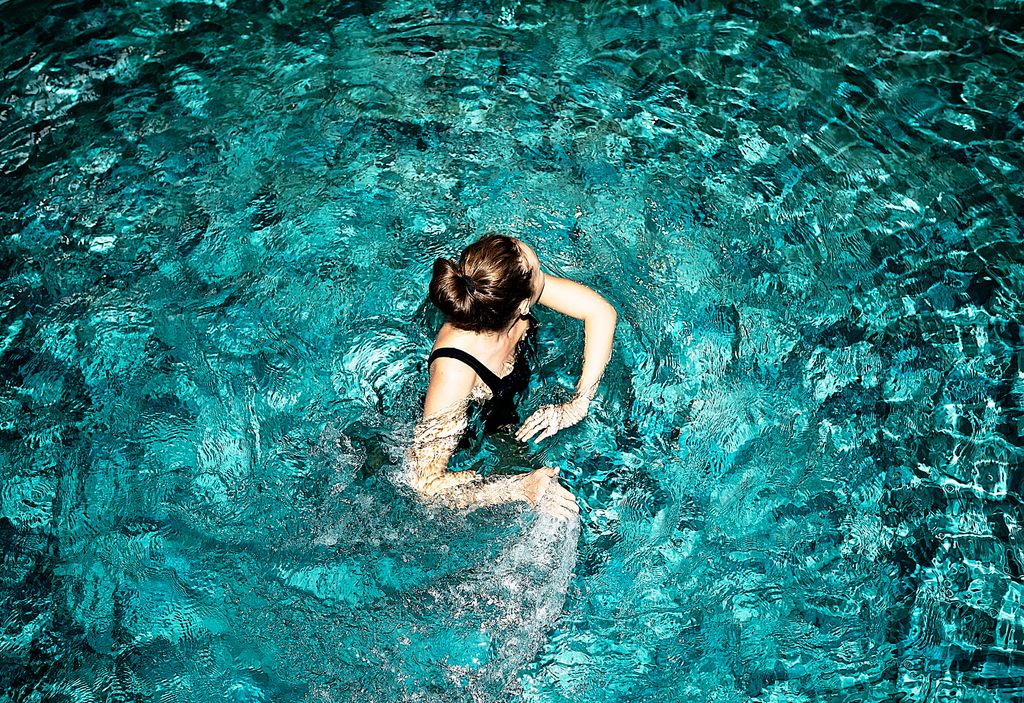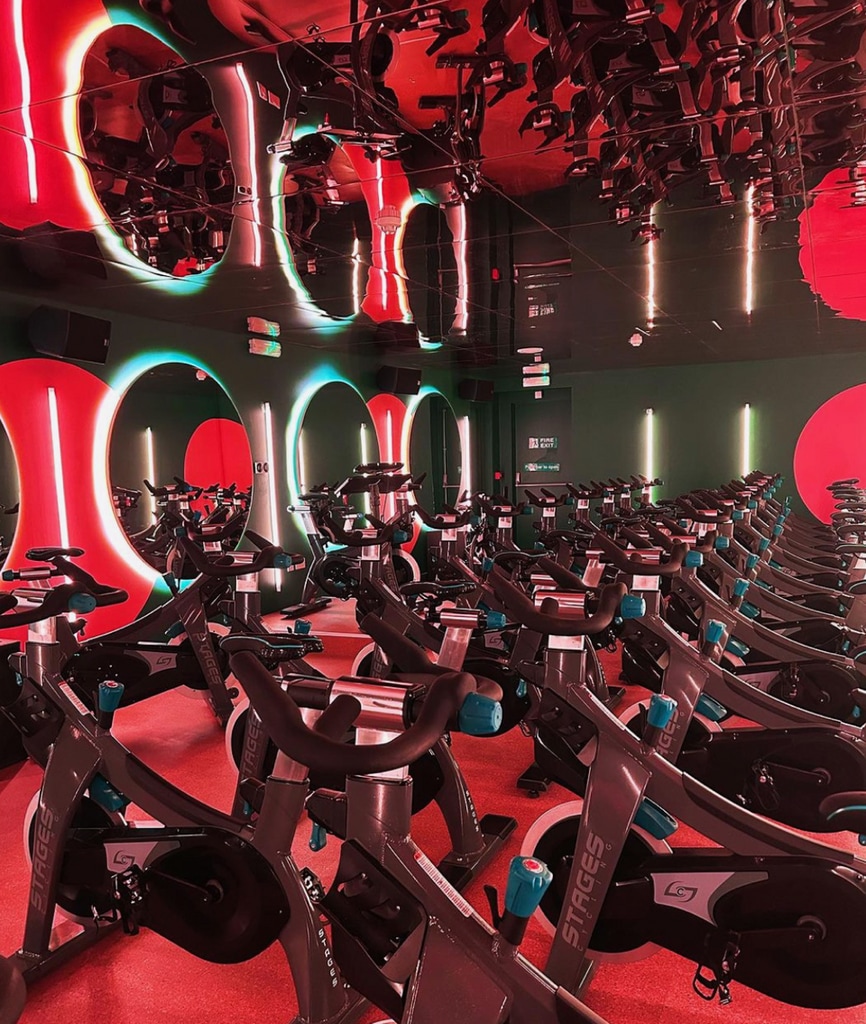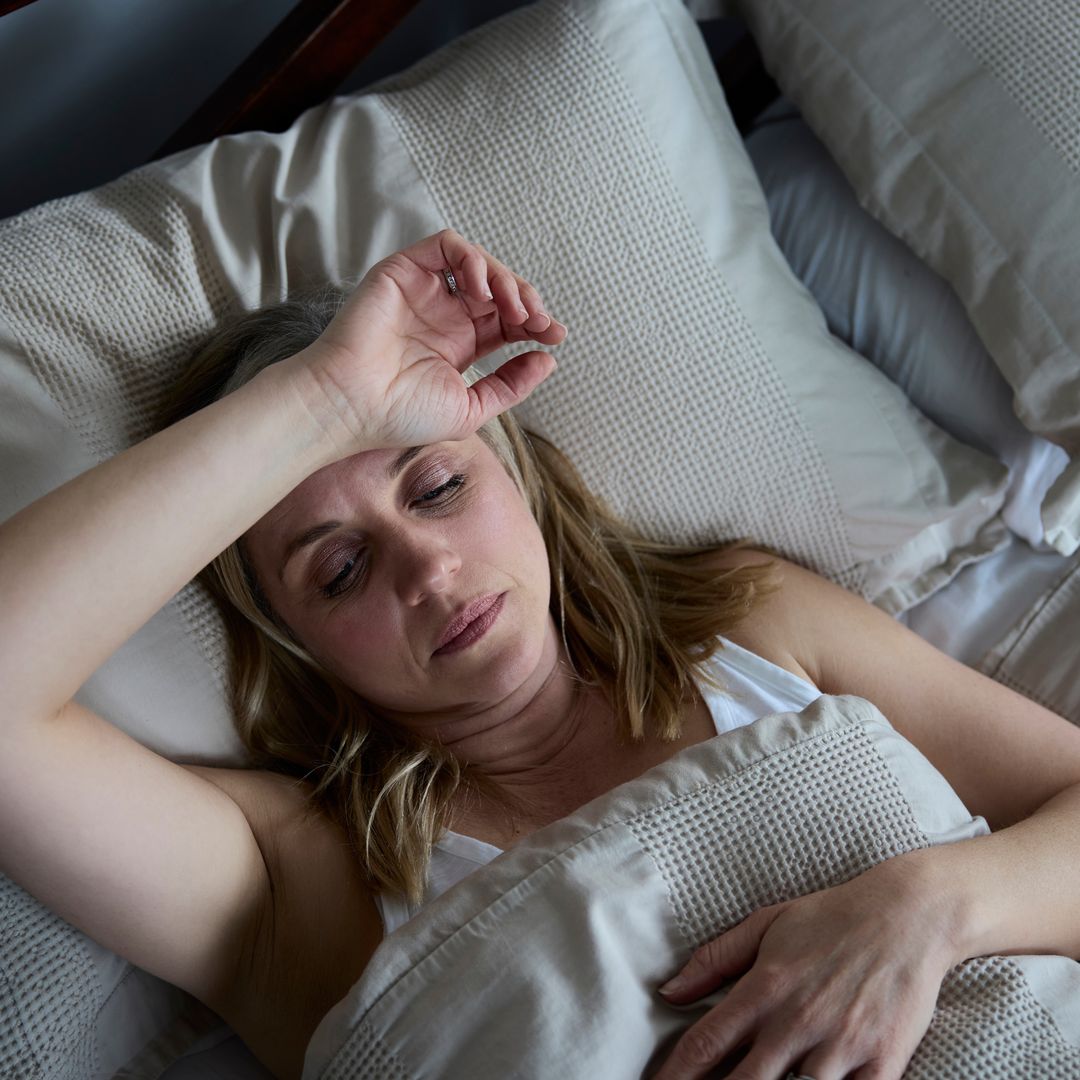When I was five weeks pregnant I went for a run and made it to eight KM with ease. "Maybe this is going to be an easy pregnancy," I thought to myself. How naïve I was. It would be almost 18 months until I ran again.
The pregnancy was hard, physically and emotionally, making exercise near impossible bar walking and a few short swims. While most women are signed off for physical activity at six weeks post-birth by their GP, it would be almost six months until I got the all-clear.
You see, up to 15% of women experience prolapse after a vaginal childbirth and I was one of them. For those unfamiliar, prolapse is when one or more of the organs inside the pelvis (uterus, vagina, bladder or bowels) falls from position due to pelvic muscle weakness.
As a result, high-impact exercise such as running, which I'd been doing for a decade and was desperate to get back to, was completely off-limits.
These are the three forms of exercise I did instead to scratch my runner's itch, strengthen my pelvic floor and rehabilitate my body.
Post-partum exercise
Post-partum mat and reformer Pilates
One of the best forms of exercise (once you get the green light from your GP) is post-partum Pilates. Most classes will focus on restoring your pelvic floor, core and posture – all of which weaken significantly during pregnancy.
Kegels aren't always the answer
While Kegels are many new mums' go-to exercise for pelvic floor recovery, Pilates teacher Grace Lillywhite says: "Strengthening just by doing Kegels is a bit like trying to get strong biceps by tensing and releasing your arm muscles – we need weight and movement to build strength, and it's the same for your pelvic floor.”
RELATED: Try this super-fun exercise to strengthen your pelvic floor – it's not a Kegel, I promise
A postnatal Pilates and pelvic floor specialist, Grace explains that movements with our legs, torso and pelvis will work the muscles more effectively. She also tells me strengthening the entire body and realigning posture is vital for preventing and treating prolapse.
"It's not just about the pelvic floor," she explains. "What happens above and below has a huge impact – if your posture causes you to 'bear down', for example, the symptoms will be harder to shift. Prolapse is a full body issue and should be treated as such."
INSPIRATION: How to overcome your exercise fear if you're suffering from pelvic floor weakness
Prolapse rehabilitation
Jessica May, who also specialises in postnatal Pilates, agrees that prolapse rehabilitation requires working more than the pelvic floor alone. "Improving core strength can reduce the stress on the weakened connective tissues in the pelvis and reduce pelvic pain and prolapse symptoms," she explains.
It might seem tempting to go straight to postnatal reformer classes, which are extremely popular right now, but I'd recommend starting with mat and progressing to reformer. This is what I did, and Jessica says the same: "Mat Pilates can simplify the movement and, for some people, can promote easier contraction of the pelvic floor and core. Once it's understood how to engage the pelvic floor and core on the mat, it can then be advantageous (and fun) to progress onto the reformer machine."
Many postnatal classes allow you to bring your baby with you until they're on the move – helping you get out of the house and giving the opportunity to meet other mums. If your baby is sitting up, my pro tip is to flip the Pilates box upside down and pop them in with toys to keep them preoccupied.
Swimming after having a baby
In search of a full-body workout that felt more like cardio, I started swimming. Not only is it low impact, but the buoyancy of the water helps support the body. So, while most exercises that place you upside down (such as planks) put too much pressure or your weakened core, breaststroke and front crawl are safe for postnatal mums cleared for exercise. And, something I didn't realise at first, swimming helps strengthen your pelvic floor, too.
"The core muscles work together with the muscles in the pelvic floor to maintain the alignment of our pelvis and spine," explains women's health and fitness expert and founder of Fit Mama, Mari-Carmen Sanchez-Morris. "These muscles are also activated to manage the resistance of the water, which helps to strengthen and engage the area, and swimming requires a combination of core and breath work which is essential for pelvic stability."
If you're not a confident swimmer or don't yet feel fit or strong enough to swim laps, walking laps in the shallow end of the pool can also offer the same benefits, according to Mari-Carmen. This is also what professional runners do when rehabilitating from an injury, so if, like me, you're keen to get back to running, you can work from walking in water to running before returning to the streets (or treadmill).
READ: I thought urinary incontinence was something I had to put up with
Spinning, cycling and at-home exercise bikes
The closest thing I found to get me that runner's high was a spin class. You can cycle in real life if you prefer, but I found the class setting made me push myself and push past fears of what my body could or couldn't do.
It's mostly a seated workout and even when you do come up on your feet for hill climbs, the pressure on your pelvic floor is minimal. Many women can get on a bike after their six-week check (if you had a vaginal birth, make sure your perineum feels fully healed as it will be taking a lot of your weight), but there are some things to look out for.
"Sometimes the repetitive, quick sitting and standing during a spin class can put excess pressure on the pelvic floor," warns Mari-Carmen. And for those cycling outside, she says: "Avoid too many hills and bumpy roads, as sudden jolts and jerks can put more strain on the pelvic floor. Try to opt for gentler, smoother rides and gradually increase the difficulty as you start to recover and feel stronger."
There's also the option to get an indoor exercise bike or turn yours into one with bike trainer stand, for a guaranteed flat cycle – plus it makes exercise more accessible as you can hop on during naptime (I'll definitely be doing this if I have another child).
Despite not working the pelvic floor itself, cycling can still help with its rehabilitation: "Since it requires coordination and balance, it helps to engage and strengthen our abdominal muscles which improves the overall strength of our pelvic floor," explains Mari-Carmen. "For postpartum women, this is crucial as a strong core reduces any undue pressure on the pelvic floor and helps with prolapse."
DISCOVER: Meet the woman who helped me fall back in love with exercise
For the safest cycle, she advises to be mindful of posture: "Ensure the weight is evenly distributed between your upper and lower body. Sit upright, keeping your back and neck straight and your gaze forward, as this will move the pressure to your bottom instead. Don't lean forward as this can put too much downward pressure on the muscles in this pelvic area."
To help avoid leaning forward, you can position the handlebars slightly higher than you'd usually have them.
Returning to running after having a baby
As I passed the 18-month mark I finally felt like my body was back (I even bought a bikini for the summer). I was getting through Pilates and spin classes with ease, swimming felt more like relaxation than exercise, and it had been many months since I'd had any worrying sensations of prolapse – so I went for a run.
I shocked myself with a 20-minute jog and no hint of pelvic floor weakness. Four weeks later and I'm running six KM at a slow and steady pace, taking about 40 minutes. Still no sign of prolapse.
If I get pregnant again, I'm much better equipped with knowledge of how to look after my pelvic floor past Kegels alone. And even if I don't, I plan to continue Pilates to keep everything as strong as possible as, unfortunately, pregnancy and childbirth aren't the only things that can trigger a prolapse. Menopause is a common culprit too, and while it's still a way off for me (hopefully), I'll be continuing to exercise my pelvic floor so I don't find myself with a prolapse again.














